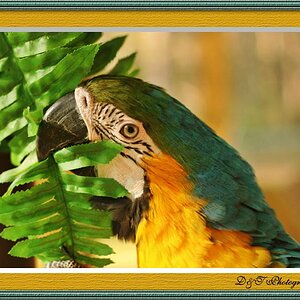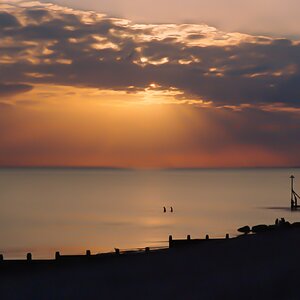carlt
TPF Noob!
- Joined
- Apr 18, 2010
- Messages
- 7
- Reaction score
- 0
- Can others edit my Photos
- Photos OK to edit
How you set your ISO?
I'm leaning towards keeping ISO as low as possible through manual mode and just accepting that if pictures turn out dark I have to turn on lights or use flashes.
I just hate the noise that occurs otherwise.
In my case I'm using a Sony A200 and I'm sure noise on high ISO levels is less of a problem with more expensive sensors.
By the way, for the A200, what is the highest acceptable ISO level before noise and noise-reduction takes over?
I'm leaning towards keeping ISO as low as possible through manual mode and just accepting that if pictures turn out dark I have to turn on lights or use flashes.
I just hate the noise that occurs otherwise.
In my case I'm using a Sony A200 and I'm sure noise on high ISO levels is less of a problem with more expensive sensors.
By the way, for the A200, what is the highest acceptable ISO level before noise and noise-reduction takes over?


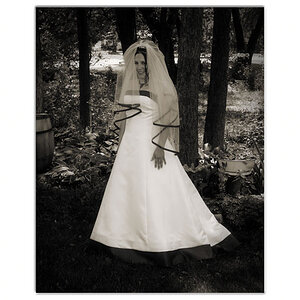
![[No title]](/data/xfmg/thumbnail/33/33359-a5cf76b8e843e82b3831650af6dfa6b3.jpg?1619735923)
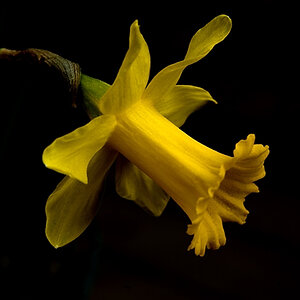
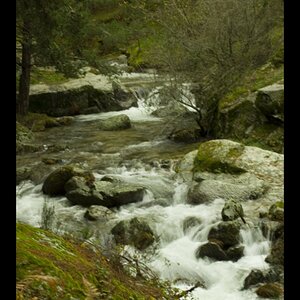
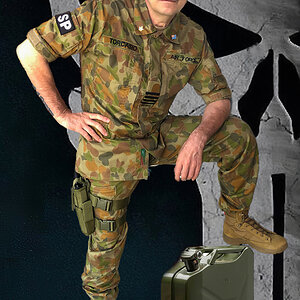
![[No title]](/data/xfmg/thumbnail/40/40288-4d5d7a8aa74ddfceb5fb82062d9b21be.jpg?1619739409)
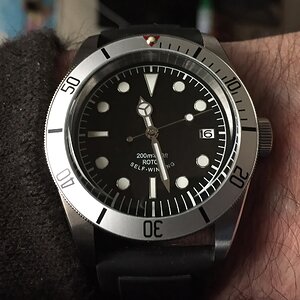
![[No title]](/data/xfmg/thumbnail/40/40286-86401b94de8b01bea8bb4ea154aaea0a.jpg?1619739408)

